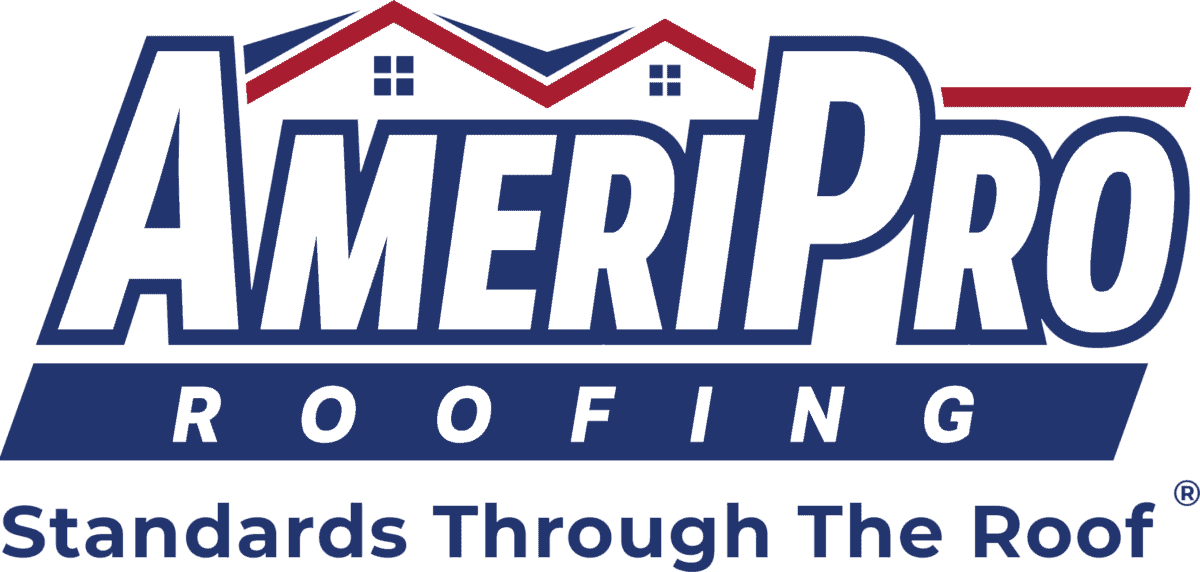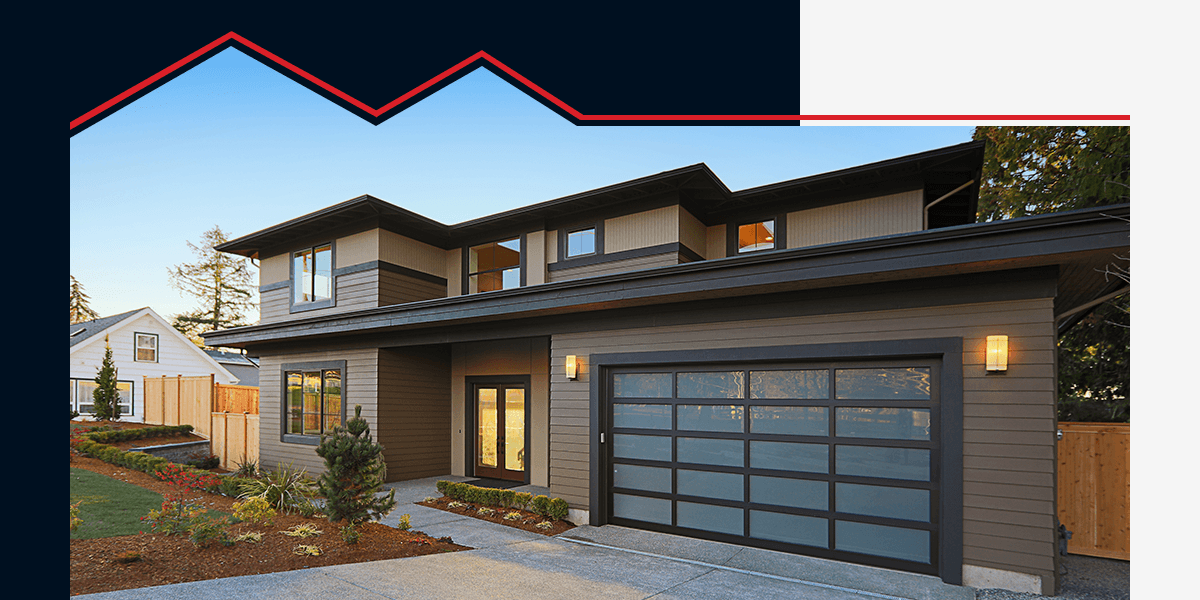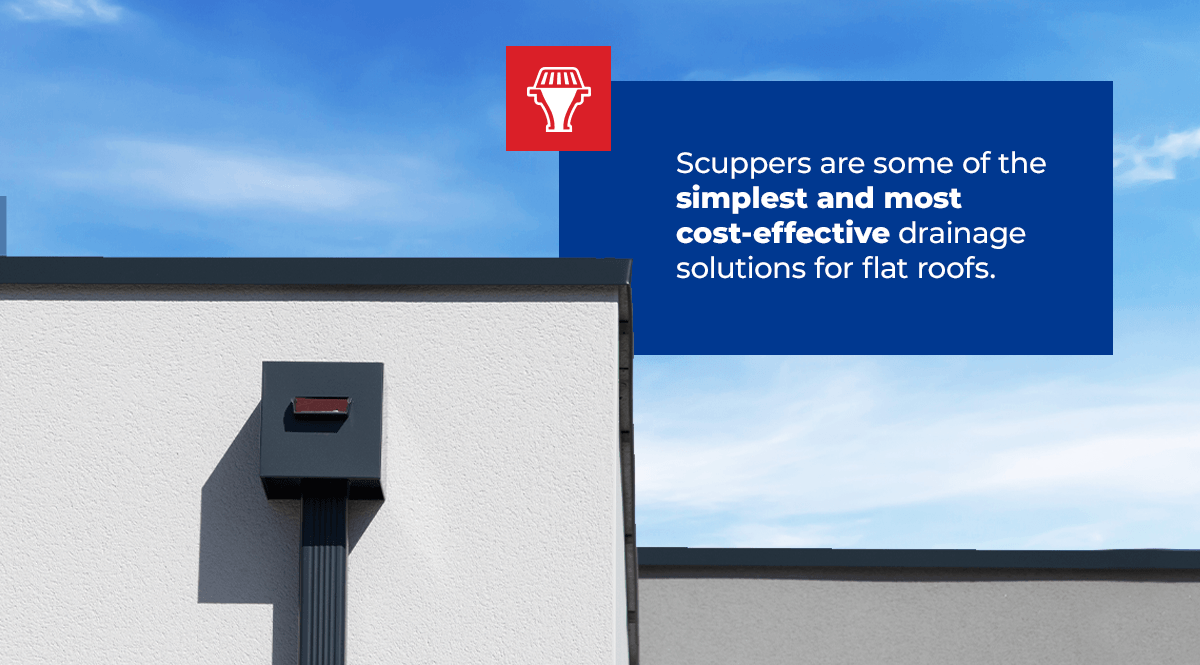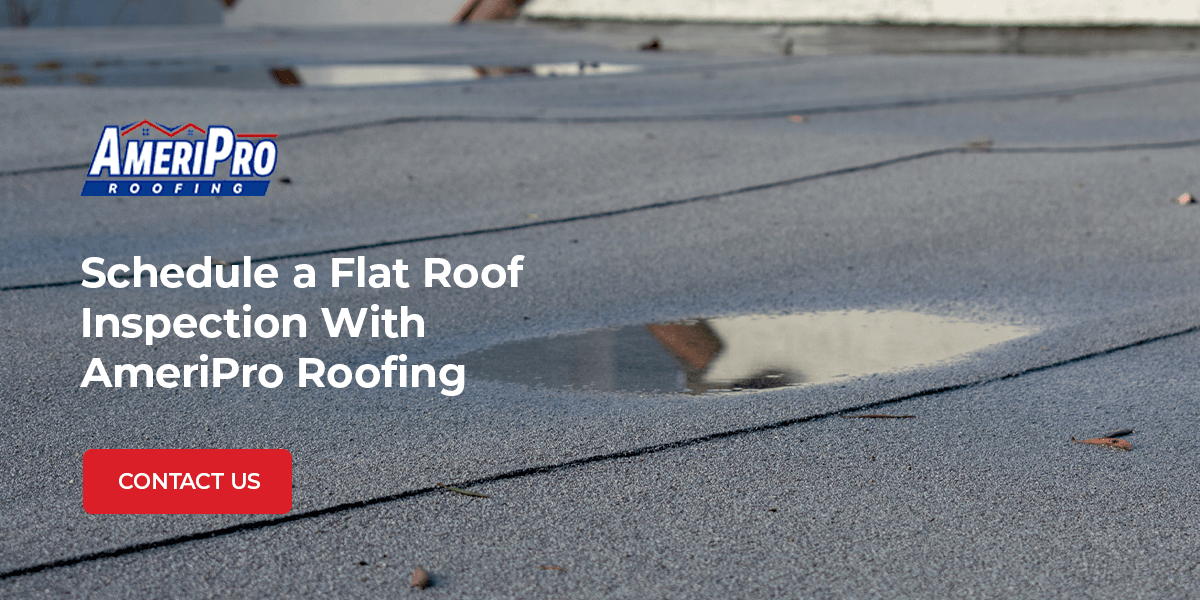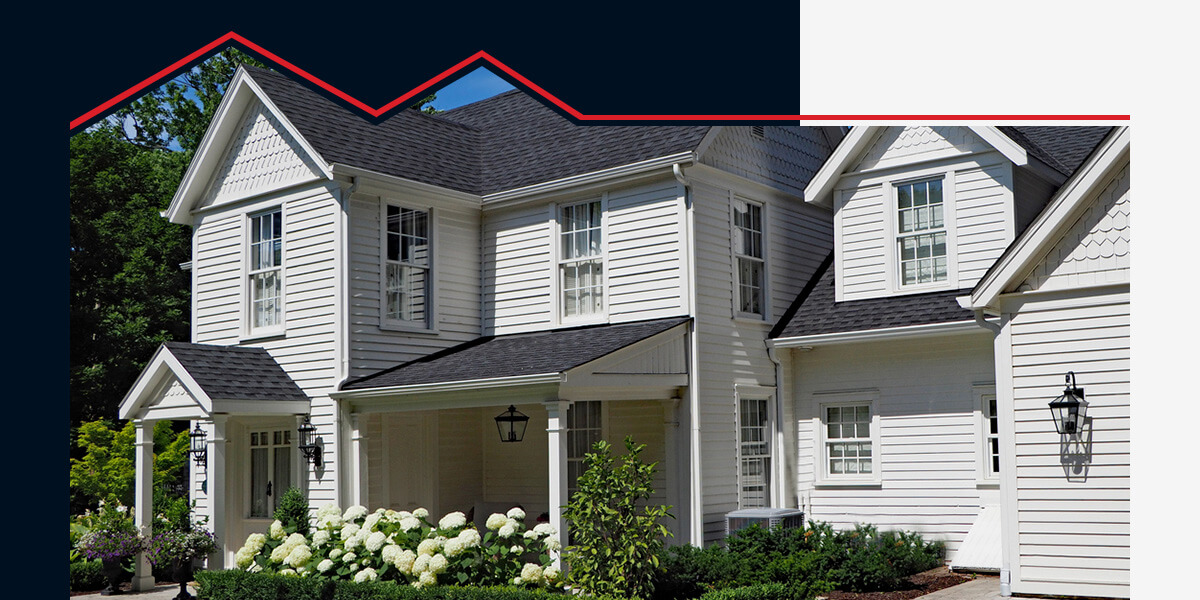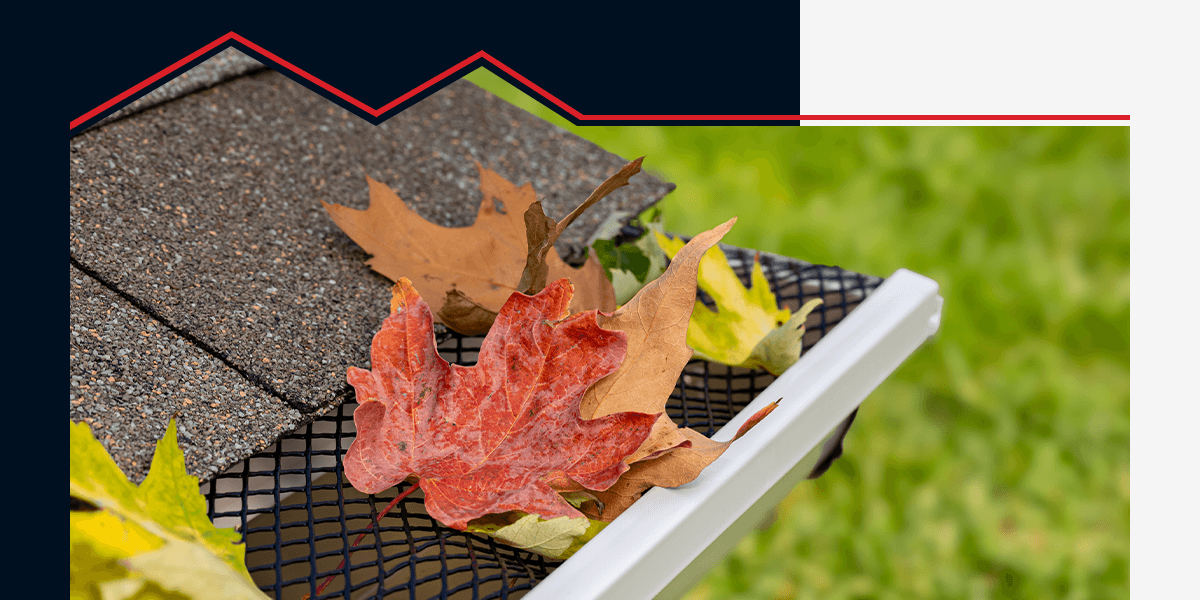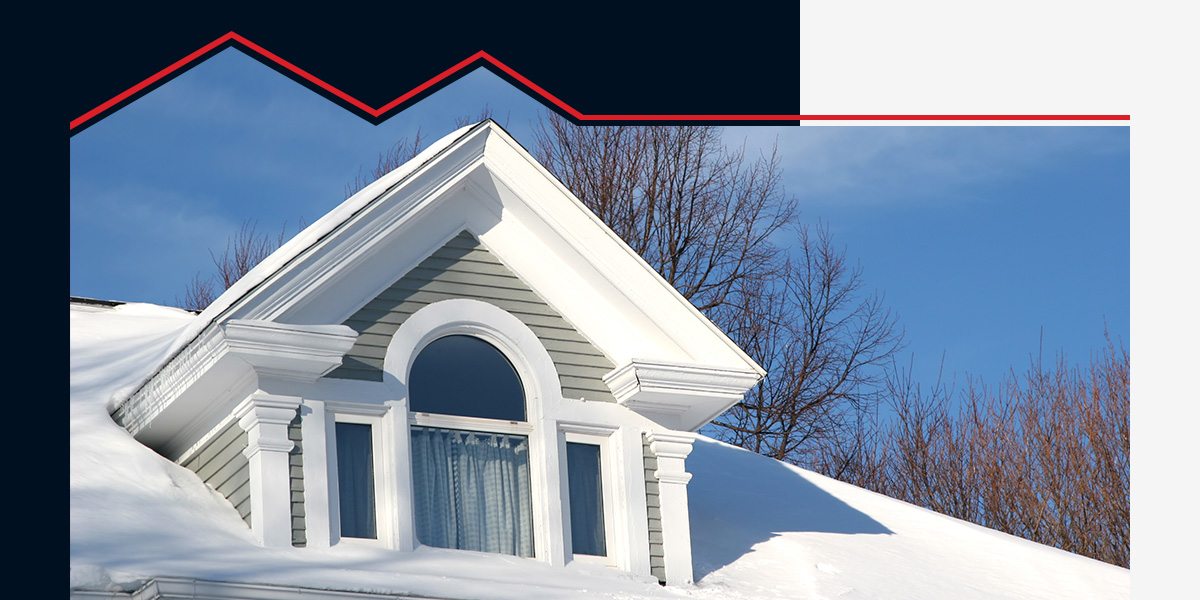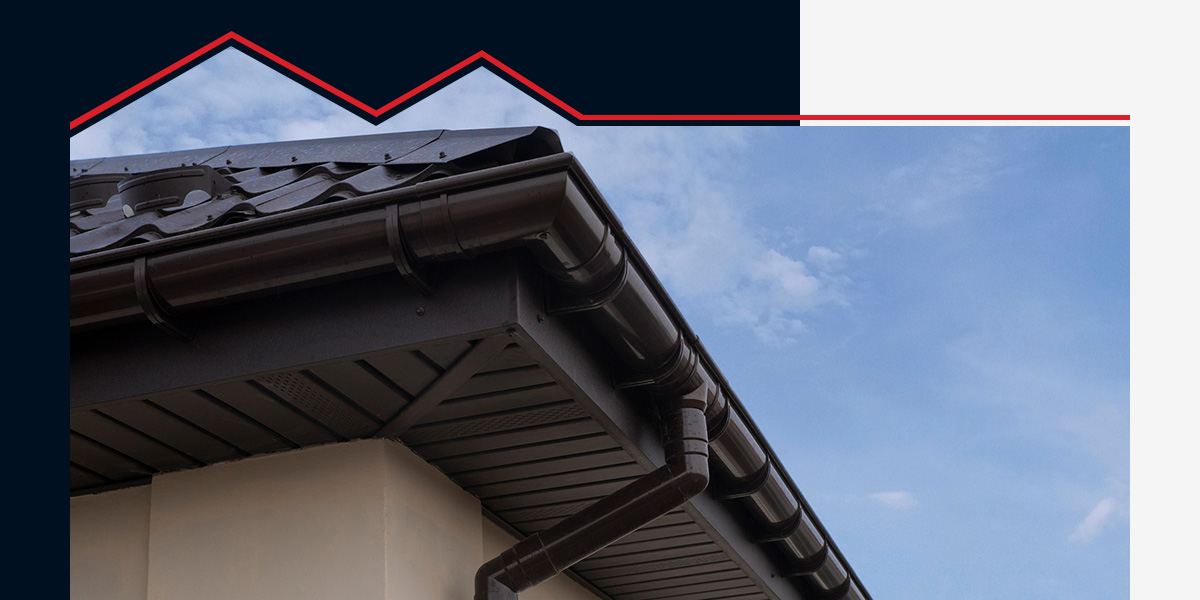How Do Flat Roofs Drain
Flat roofs are a design of choice for most commercial buildings. They are also gaining popularity with homeowners looking for durable homes or unique architectural styles with minimalist, modern and futuristic elements. Whether you choose a flat roof due to aesthetics or stability in the face of severe weather, you’ll ask yourself at some point — how do flat roofs drain?
To maintain structural integrity, every roof design must have a drainage system that redirects precipitation. Unlike other roof types with sloped features, flat roofs cannot drain rainwater automatically, so they require drainage systems designed for flat roofs.
The Importance of Drainage for Flat Roofs
While a flat roof is one of the most stable roofing designs, it faces drainage challenges. The flat surface is prone to water pooling. Over time, standing water can result in serious damage to the roof, building and foundation, causing leaks and structural weakness. By installing a proper drainage system, you can ensure your roof remains in good condition and lasts longer, saving you money on repair and replacement costs.
Flat Roof Drainage Systems
Several flat roof drainage systems can resolve the issue of water accumulation. Since each method differs, your choice may depend on preference, house design and specifications, budget and the system’s effectiveness. Here are common drainage solutions for flat roofs:
1. Interior Drains
Interior drains are effective drainage solutions for flat roofs. Similar to the household drains in bathrooms and sinks, interior drains pull water away from the roof through holes connected to your piping system.
These drains work best when placed strategically in areas of the roof prone to ponding. You can design your roof to collect standing water toward the center or in multiple locations where it drains down the holes into the interior piping system and out to a cistern.
As an out-of-the-way solution, interior drains are ideal for curb appeal while maintaining stellar drainage capabilities. The interior drain system is a generally costly drainage option, but it’s long-lasting and less likely to sustain damage. Routine inspections and maintenance by professionals can minimize the chances of damage.
2. Scuppers
Scuppers are some of the simplest and most cost-effective drainage solutions for flat roofs. Roofing experts may use different materials, from metal to concrete, to create these large square setups. The idea is to design a dedicated area on the roof where standing water pools, making it lower than the surface and creating a wide opening for shooting water over the edge away from the building.
For a scupper drainage system to work effectively, the roof should have a slight pitch to guide water toward the edge to empty out through the setup. You’ll also need a solution to control water flow when it cascades down the roof to avoid damaging the foundation. Downspouts are a great option for channeling water away from your roof and walls.
A scupper is a budget-friendly drainage option that works well with flat roofs, provided it’s large enough to accommodate a strong water flow and discourage clogging.
3. Gutters
Gutters are ideal home drainage systems, frequently used on all roof types. Their simple design is also one of the most efficient. While there are several gutter styles, they are all designed as pipes or troughs that run along the roof’s edge. They catch rainwater and channel it into gutter spouts, which sit vertically on the wall and connect to an opening in the gutters.
Traditional gutter systems work best on pitched roof types because rainwater naturally flows toward the edges lined with gutters. Still, when designing a flat roof, you can create a gentle slope in one or multiple directions that guide water flow toward the gutters.
As an external drainage system, gutters are exposed to the elements. They require routine maintenance to remove debris and repair damages caused by severe weather. Since clogging is a common issue with gutters, you could have a professional install gutter guards as a long-term solution.
4. Siphonic Systems
This advanced flat roof drainage system uses the concept of siphoning to suck water out of flat roofs and ponding areas. The system is designed to fill the pipework with water, leaving no room for air.
As a result, water flows at higher pressure, reducing the need for vertical piping. Unlike traditional drainage systems, the siphonic method utilizes the building’s height to trigger negative pressure in the piping, drawing water out of the rooftop at an exceedingly higher rate than other drainage solutions.
Similar to interior drainage, siphonic pipework remains out of the way. However, the system is far less cluttered, using smaller and fewer pipes to drain out more water than any other method.
Considering siphonic systems offer improved design flexibility and higher performance, they are an ideal flat roof drainage solution for homeowners. Unlike a large commercial building, a home may lack space for strategic pipework. In this case, a siphonic system would be more effective.
5. Crickets
Crickets are common triangular roofing structures that create areas of elevation. While they are not drainage systems by themselves, they can function in sync with other systems like gutters and scuppers to effectively drain water from flat roofs. The structures create raised points to guide water away from ponding areas to designated spots that drain it out of the building. Well-placed crickets are effective in channeling rainwater where it needs to go.
6. Tapered Insulation
Similar to siphonic systems, tapered roof insulation is an innovative roofing technology that resolves drainage issues. The system works alongside other drainage systems, transforming basic methods like gutters into superior drainage solutions.
A tapered system uses flat insulation panels and other accessories to create a roof landscape with one or multiple slopes. These slopes divert water flow away from the roof and walls toward drainage devices like interior drain holes and scuppers. The slopes that tapered boards create can effectively eliminate pooling areas.
Since tapered insulation panels come in varying slopes and thicknesses, they are not suitable for DIY installation. For proper installation, consult roofing professionals for assistance.
Schedule a Flat Roof Inspection With AmeriPro Roofing
A primary function of a well-designed roof is removing water during precipitation. While that comes naturally with pitched roofing styles, flat roofs require more attention to create a robust drainage system. Depending on your budget, preference and house design, you could select any of the available drainage options for flat roofs, such as interior drains, gutters, siphonic systems or scuppers.
Consult experts for a professional evaluation, ensuring you get the right drainage system for your flat roof. At AmeriPro Roofing, we prioritize trust, integrity, and quality workmanship as we strive to meet your needs. We offer quality repairs and restorations through a strong team of experienced roofing experts. Explore our resources section for practical tips and contact us to schedule an inspection!


